Over the weekend and through Monday night, temperatures around Germany dropped to the negative double digits, and as low as -18C in some parts of Bavaria and Saxony.
Guten Morgen! Hier die #Tiefstwerte der vergangenen Nacht. Vor allem in der Mitte erneut knackig kalt mit strengem #Frost unter -10 Grad! /V pic.twitter.com/x4g2NO3MyK
— DWD (@DWD_presse) January 22, 2019
In the course of Tuesday, according to the German Weather Service (DWD), light permafrost is to be expected in the middle and south of the country. In the North Sea in particular, there is a risk of black ice due to freezing rain.
During the night to Tuesday, DWD expects light frost in north Germany though this will be moderate to severe in the middle of Germany and throughout Bavaria.
It is still uncertain how far the temperatures will drop.
“According to today's forecast, however, the winter period could last several weeks and also cover large parts of Europe,” predicted a DWD meteorologist.
The cold could be particularly severe where there is already snow. According to forecasts, these regions are likely to reach between -10 to -20 degrees at night.
Elsewhere it could be very frosty, especially at night: “Temperatures can be between minus 3 and 4 degrees Celsius during the day and between -11 and 0 degrees Celsius at night,” said DWD spokesman Andreas Friedrich on Friday.
Snow is also expected. At the beginning of next week, air from Siberia, which is very cold and dry, will flow in, Friedrich said.
Low-lying areas from the west are also likely to be met with a lot of rain in the second half of the week.”At the weekend, a large part of Germany may well lie under a blanket of snow in the lowlands”, the DWD spokesman said.
Here are some pictures of parts of Germany which have already been met with intense snow and icy.
Threatening looking frost hangs over a home in Oberjoch, Bavaria, situated near the Austrian border. Photo: DPA
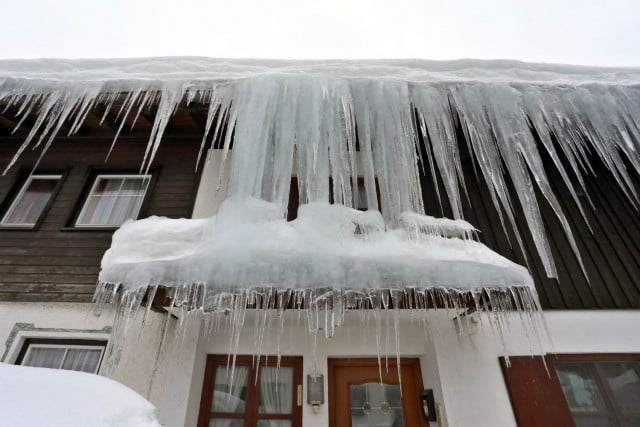
Thick snowfall has transformed Stralsund, Mecklenburg-Western Pomerania into a winter landscape. Photo: DPA
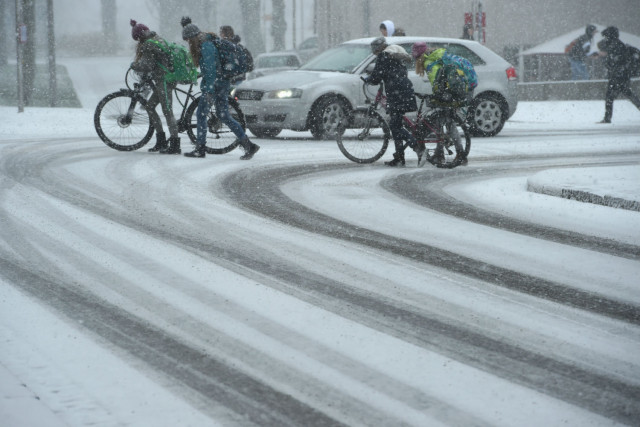
A car drives through an avenue of trees covered with hoarfrost in Gadebusch, Mecklenburg-Western Pomerania. Temperatures around minus six degrees Celsius and light snowfall in northern Germany make for icy roads in some areas. Photo: DPA
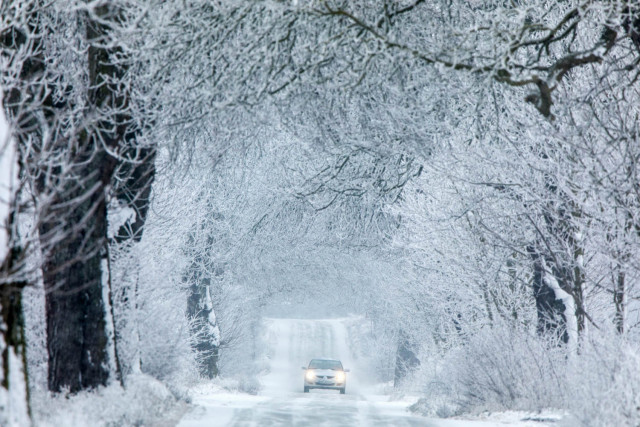
The charming side of snow shows on Sunday morning in Brandenburg along the Oder Rivers. Temperatures were as low as -10 degrees. Photo: DPA

Skiers use a ski slope on the snow-covered Fichtelberg (recorded with a drone). Photo DPA
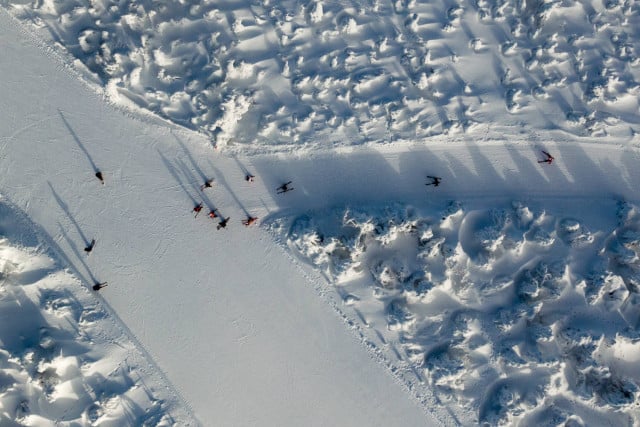
Two brave hikers trek through the Saxony snow on Monday. Photo: DPA
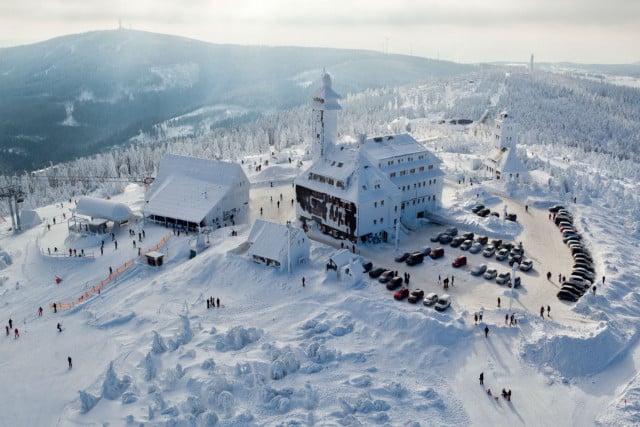
Walkers walk through the winter forest on the Fichtelberg. The snowfall of the past few days has provided plenty of white splendour, but due to the closure of the Saxony Forest, the cross-country ski runs, winter hiking trails and the forests around the Fichtelberg remain closed. The danger of trees breaking under the snow load is too high.
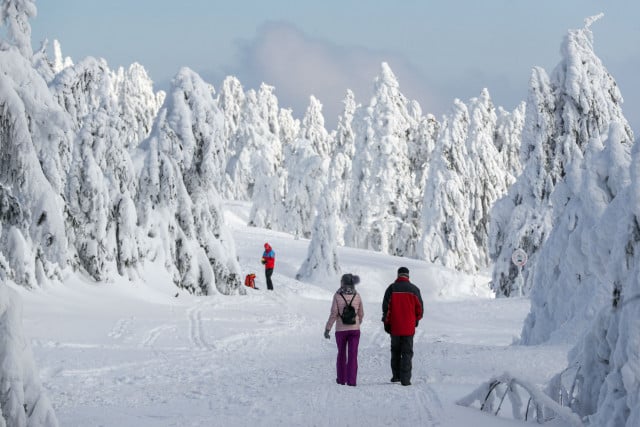


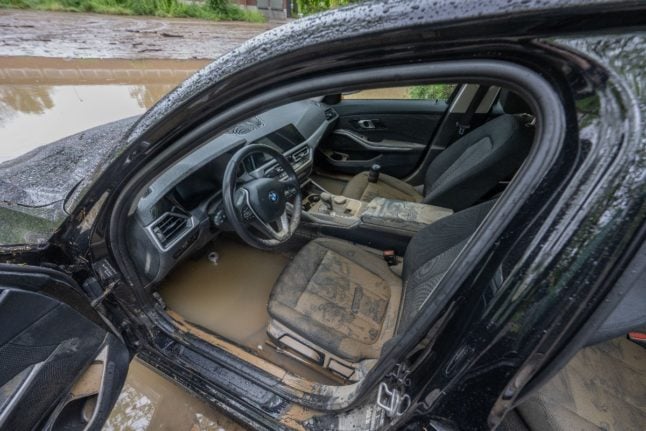
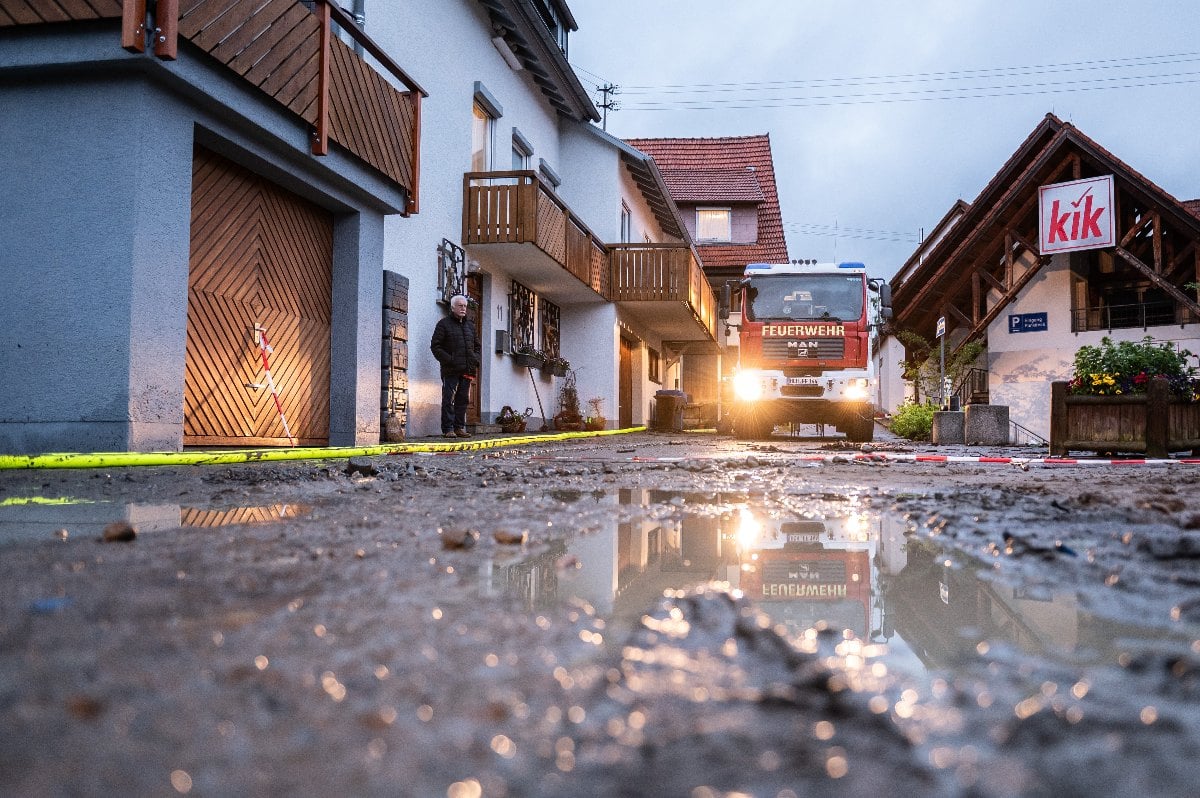
 Please whitelist us to continue reading.
Please whitelist us to continue reading.
Member comments